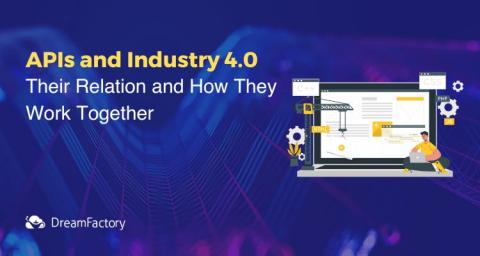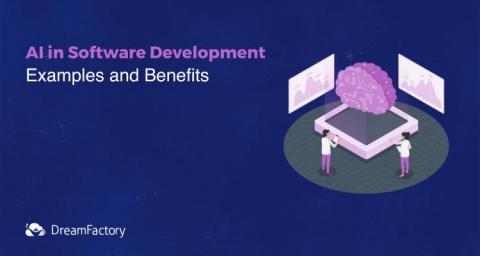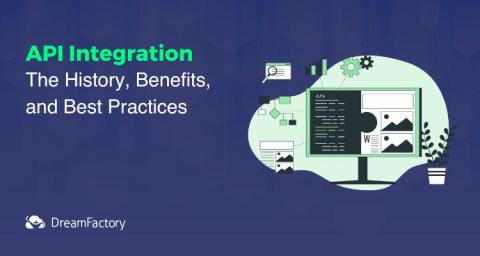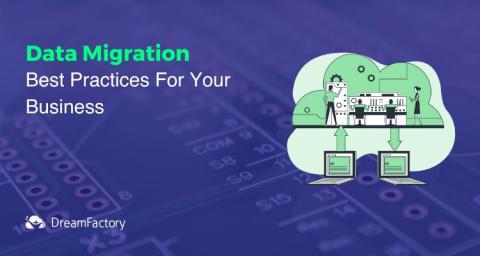APIs and Industry 4.0: Enabling the Future
The world you live in today is nothing like the world 50 years ago. In fact, thanks to rapidly changing technology, even ten years ago things were very different. Now, the world is in the middle of Industry 4.0, and APIs are essential to most business software. How are APIs and Industry 4.0 related? In this article, you’ll learn more about these APIs and API integration and how they work together.









